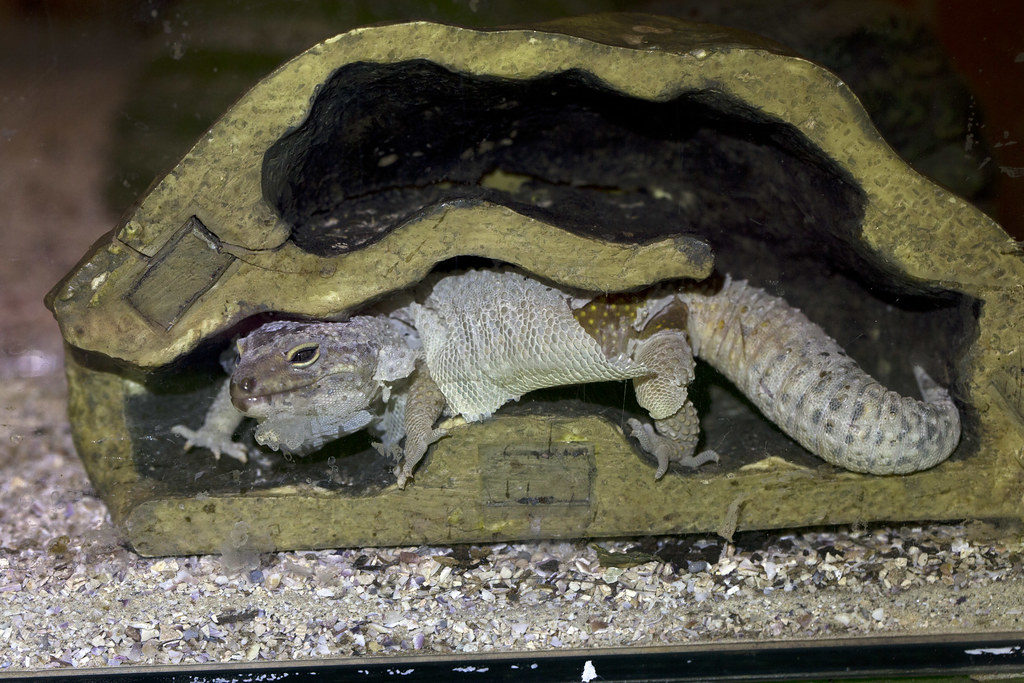

Pre-washed, dust-free play sand or fine-grain dune sand is perfectly safe, although we strongly recommend mixing it with organic topsoil for a substrate that most closely replicates their natural environment. Leos require a certain range of basking heat in order to properly digest their food and pass any bits of substrate they may have ingested.Īfter extensive research and thought on the matter, ReptiFiles has concluded that sand is safe for leopard geckos, but only if it is used correctly. The leading causes of impaction are improper temperatures, dehydration, and high parasite loads, not loose substrate. Many sources recommend against using any kind of loose substrate, out of fear of causing intestinal blockage via accidental ingestion. All above substrates can easily support bioactivity with the addition of a “cleanup crew” of isopods and springtails that clean up uneaten food, fallen leaves, and fecal remains, making bioactive substrates incredibly low maintenance. Bioactive enclosure setups are designed to mimic a reptile’s natural environment and stimulate natural behaviors. To print Leopard Geckos care information, click here.Another option is a bioactive setup.Younger animals may need gentle handling over time to tame down. Most are content to sit on their keeper's hands and take in the view. Handling: Leopard Geckos, although primarily nocturnal, tolerate human interaction fairly well.Check with a qualified herp veterinarian with any questions about this. Small amounts of Vitamin E oil once a week by popping a capsule and putting drops on the lizard's mouth so it can If your Leopard Geckos are fed a diet primarily of crickets they may experience selenium toxicity. Use a phosphorus-free supplement like Rep-CalTM.Īn occasional treat of baby food (carrot, fruit, garden vegetables) can break up the food monotony. Leopard Geckos will occasionally lick calcium powder directly out of a shallow dish or bowl, so it wouldn't You can buy commercial gut-load at most pet Insects should be gut-fed 24 hours before being fed to your lizard. Dusting food with calcium powder once a week or a couple times a month is a good idea. Nutritional Requirements: A variety of insects can be offered to the geckos - appropriately sized cultured crickets, mealworms, and.Leopard Geckos like an occasional misting, but do not let the enclosure get damp/humid. If the geckos are small enough to get stuck in a bowl, add some rocks or cotton. Larger bowls can be half-buried in the sand. Water Requirements: Keep a bowl or bowls of clean water in the cage at all times.Not needed for these primarily nocturnal lizards. Too cool is not good, but too hot is even worse. Thermometers and thermostats are necessary to maintain the proper A median air day temperature of 85F should be maintained, with a basking area slightly warmer. Temperature: Leopard Geckos are native to Pakistan and prefer a warm, dry environment.Don't use Lysol, Lestoil or other such oil based cleaners they are deadly to reptiles. Rinse the cage with clean water after using any Ounce of bleach in ten ounces of water is one such solution.

Anti-bacterial cleaning solutions are recommended. Cleaning: Cages must be kept clean to prevent disease.Branches and rock piles to climb on will add stimulation. Tubes and hide boxes will be utilized a lot. These geckos appreciate hiding places, so half-logs, PVC Cageĭecoration can be as simple or elaborate as you like. Impaction is common enough that a close watch should be kept on animals bedded on this substrate. Newspaper, gravel or orchard bark are all good substrates for these geckos. Captive Environment: Leopard Geckos can be housed in a 20 gallon tank (more than two should be housed in larger aquariums).


 0 kommentar(er)
0 kommentar(er)
